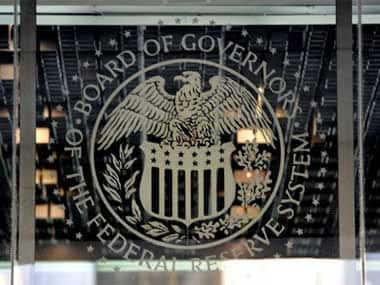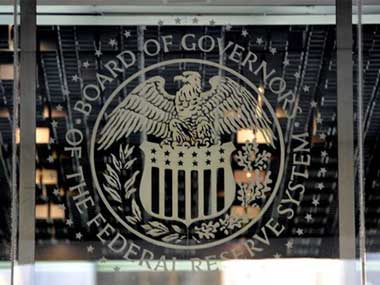The benchmark US equity index the S&P 500 closed at record highs even as the Federal Reserves’ FOMC (Federal Open Market Committee) meeting minutes for March 2013 indicated that a few of the bank’s board members saw an end to quantitative easing by end 2013. Normally any indication of ending liquidity infusion by central banks is seen as negative for markets and equities should have reacted negatively to the minutes. However, even as S&P 500 closed at record highs, global equities across Europe and Asia-Pacific rallied on the back of strong close by the S&P 500.
The reason a few Fed members voiced their support for tapering bond purchases (the Fed is buying $85 billion of bonds a month) is that they see labour markets recovering. Fed is targeting an unemployment rate of 6.5 percent from March 2013 levels of 7.6 percent and this is the primary reason the central bank is buying bonds. US unemployment rate is at a four-year low and has come off from levels of 10 percent seen in October 2009.[caption id=“attachment_697903” align=“alignleft” width=“380”] The US Federal Reserve. AFP[/caption]
The US Federal Reserve. AFP[/caption]
India has seen FIIs investing $22 billion in equities in fiscal 2012-13 even as the economy has slumped from levels of 6.2 percent to 5 percent from 2011-12 to 2012-13. What are FIIs seeing in Indian equities or is it that the Fed’s liquidity injection is providing cheap funds for FIIs to invest? In case of the latter, any withdrawal of liquidity is expected to hit flows into emerging markets and the Fed’s March minutes does not bode well for India equities.
The withdrawal of liquidity by central banks and its effects on markets and economies is a worry that is preying on people’s minds. There are predictions of complete chaos in financial markets as the belief is that markets are being driven by liquidity rather than by the real economy, which is floundering. Will these worries come true if the Fed withdraws liquidity from the markets?
The answer is no, there will be no chaos in the financial markets when the Fed withdraws liquidity. The reason that there will be no chaos in the markets is that the financial markets are aware that the Fed and other central banks will have to withdraw liquidity at some point of time. The fact that the S&P 500 rose to record highs despite warnings by the Fed board members on liquidity withdrawal suggest that markets believe that the economy will be well on its way to recovery by the time the Fed stops its bond purchases. The markets will in fact welcome the Fed’s move of removing accommodation, as it will be seen as a sign of controlling inflation expectations.
The Fed has a long way to go to take back its policy rates from where they came from. The Fed’s target rate is close to zero percent and it will take at least two years of sustained rate increases to take it back to levels of 5 percent, if it does have to sometime. The US economy, in the meanwhile, could have shown higher growth from current levels of 2.2 percent. The S&P 500 could well be much higher from its current record high levels.
FIIs are unlikely to exit India despite the country’s issues with growth, inflation and twin deficits. The markets will bet on a US economic recovery pulling up other global markets. The fact that FIIs have sold around $300 million of equities in the first 10 days of April 2013 does not mean it is going to be the trend going forward. FIIs will more likely buy India equities on the back of improved global market sentiment.
Positioning for a market collapse on the back of expected repercussions of withdrawal of liquidity by central banks will only burn holes in the portfolio.
Arjun Parthasarathy is the Editor of www.investorsareidiots.com a web site for investors.
Arjun Parthasarathy has spent 20 years in the financial markets, having worked with Indian and multinational organisations. His last job was as head of fixed income at a mutual fund. An MBA from the University of Hull, he has managed portfolios independently and is currently the editor of www.investorsareidiots.com </a>. The website is for investors who want to invest in the right financial products at the right time.
)